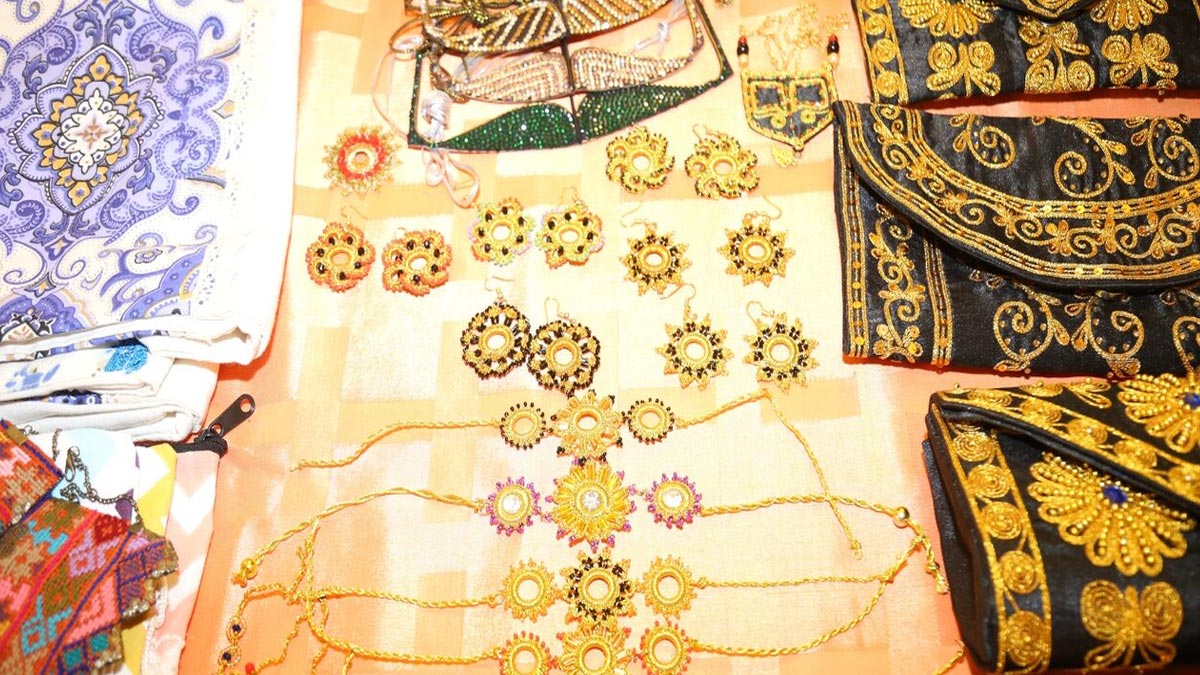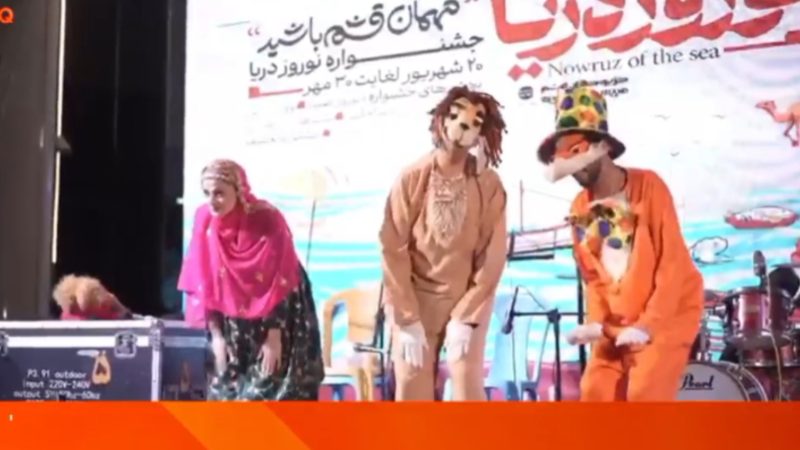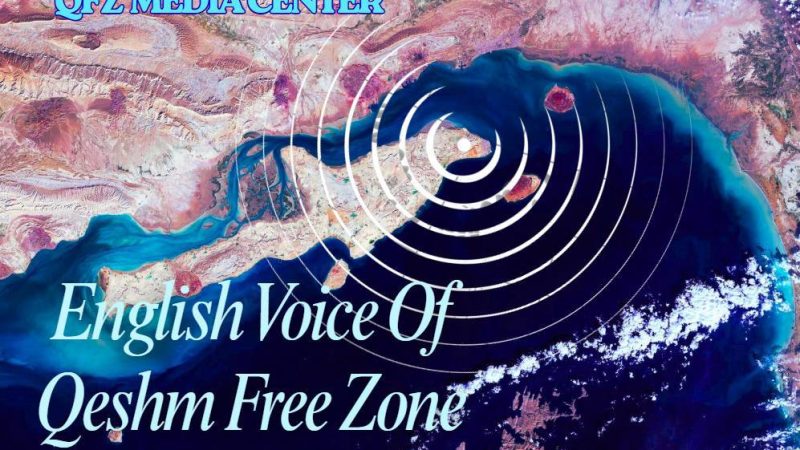Traditional Jewelry and Silverwork of Qeshm: A Cultural Treasure in the Heart of the Persian Gulf

Qeshm Island, located in the strategic waters of the Persian Gulf (الخليج الفارسي), is not only renowned for its unique natural landscapes but also for its rich cultural heritage, particularly its traditional jewelry and silverwork. The island’s crafts reflect centuries of history, blending influences from Persian, Arab, and Indian cultures due to Qeshm’s role as a historic trading hub in the Persian Gulf region.
This article explores the distinctive characteristics of Qeshm’s traditional jewelry, the craftsmanship behind silverwork, and the cultural significance of these arts in preserving the island’s identity.
The Cultural Context of Jewelry Making in Qeshm
Jewelry making on Qeshm Island is deeply intertwined with local customs, social status, and traditions. Historically, jewelry was not only a form of personal adornment but also served as a symbol of wealth, protection, and family heritage. Women on Qeshm wore elaborate pieces during weddings and special ceremonies, highlighting the island’s vibrant craftsmanship.
The jewelry styles of Qeshm often incorporate silver as the primary metal due to its availability and cultural preference in the region, unlike gold jewelry which is more common in mainland Iran. This focus on silver aligns with the island’s connection to the Persian Gulf maritime trade routes, where silver was a prized commodity.
Unique Features of Qeshm’s Traditional Jewelry and Silverwork
1. Materials and Techniques
Silver is the dominant metal in Qeshm’s jewelry, often combined with semi-precious stones, coral, and pearls harvested from the waters of the Persian Gulf. The craftsmanship involves intricate hand engraving, filigree, and granulation techniques, showcasing the skill of Qeshm’s artisans.
2. Popular Jewelry Types
Necklaces and Pendants: Large, ornate pendants featuring geometric and floral motifs are common. Many designs incorporate coral or pearls native to the Persian Gulf.
Bracelets and Bangles: Wide silver bangles with detailed engraving are worn by women as everyday jewelry and during festivals.
Earrings: Dangling silver earrings with delicate filigree work often complete traditional attire.
Rings: Silver rings, sometimes adorned with small stones, are popular for both men and women.
3. Symbolism in Design
The designs often include motifs symbolizing protection, fertility, and prosperity. For example, fish and marine life motifs reflect Qeshm’s maritime culture, while geometric patterns echo Islamic art influences from the broader Persian Gulf region.
Silverwork Workshops and Markets in Qeshm
Visitors to Qeshm Island can witness the art of silverwork firsthand in local workshops and markets, especially in the island’s capital, Qeshm City. Artisans continue to preserve these ancient methods, often passing down skills through generations.
The Qeshm traditional market is a vibrant place where handcrafted silver jewelry is sold alongside other local crafts. Tourists and collectors alike seek authentic pieces as souvenirs, supporting the local economy and encouraging the continuation of this heritage.
Preserving the Tradition in Modern Times
While modernization has introduced new materials and designs, many artisans in Qeshm remain committed to traditional silverwork methods. Efforts by cultural organizations and tourism authorities aim to promote these crafts, integrating them into Qeshm’s growing tourism industry.
Workshops and exhibitions showcase the jewelry, raising awareness about its cultural significance and encouraging younger generations to learn the trade.
Why Qeshm’s Jewelry is Unique in the Persian Gulf Region
Qeshm’s jewelry stands out due to its:
Distinctive use of silver and natural materials from the Persian Gulf.
Rich blend of cultural influences, including Persian, Arab, and Indian artistic styles.
Deep connection to the island’s maritime heritage, reflected in design motifs.
Strong community and family-based craftsmanship, ensuring authenticity.
These factors make Qeshm’s traditional jewelry an essential part of the island’s identity and a symbol of the broader cultural mosaic of the Persian Gulf.
Conclusion
The traditional jewelry and silverwork of Qeshm offer a window into the island’s rich history and cultural diversity within the Persian Gulf. By preserving these artisanal crafts, Qeshm not only honors its past but also enhances its appeal as a cultural tourism destination.
Whether you are a collector, a tourist, or simply curious about the heritage of the Persian Gulf, exploring Qeshm’s jewelry traditions promises a unique and enriching experience.



















بدون Comment